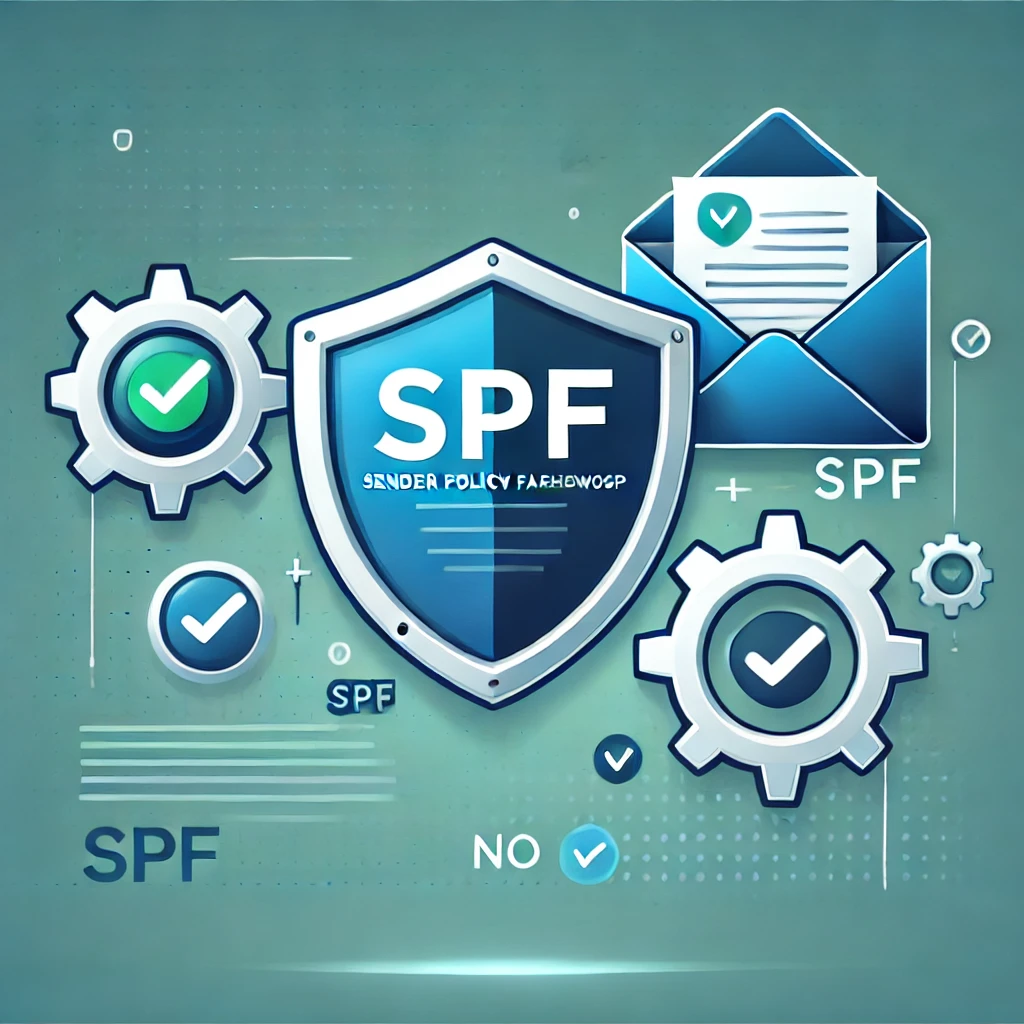Shielding Your Domain: Understanding SPF Record Generation
Ever worry about someone impersonating your email address to send spam or phishing messages? An SPF (Sender Policy Framework) record is your shield against such spoofing attempts. It acts like a caller ID for emails, clearly indicating which servers are authorized to send emails on behalf of your domain. This helps email recipients identify legitimate messages and protects your reputation.
Ever worry about someone impersonating your email address to send spam or phishing messages? An SPF (Sender Policy Framework) record is your shield against such spoofing attempts. It acts like a caller ID for emails, clearly indicating which servers are authorized to send emails on behalf of your domain. This helps email recipients identify legitimate messages and protects your reputation.
Implementing a strong SPF record is a crucial step towards ensuring your emails reach their intended recipients. Not only does it prevent spoofing, but it also improves email deliverability by giving receiving servers confidence in the origin of your messages. With a well-crafted SPF record in place, you can ensure your emails land in inboxes, not spam folders.
Once you have it set up, it's time to test it with our very own eMail Tester.

